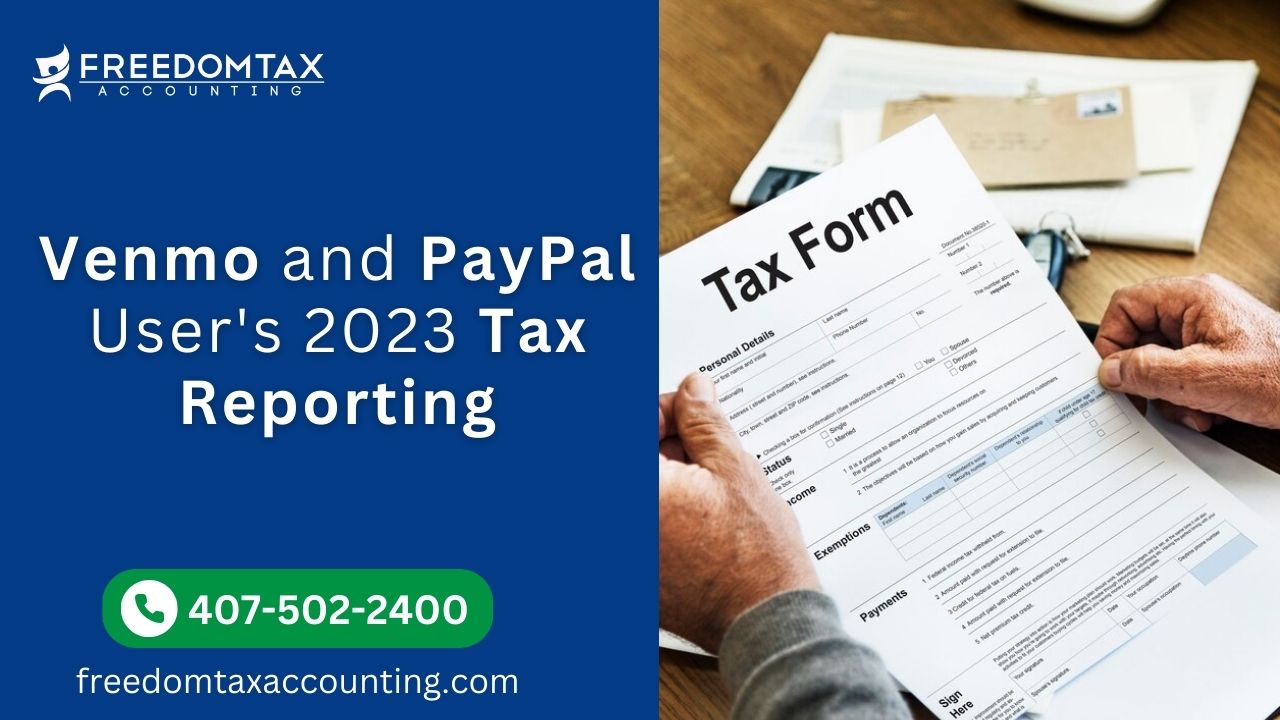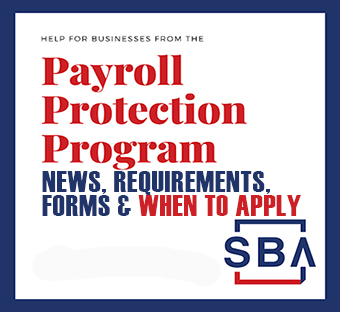
Venmo and PayPal Tax Reporting
For those of you using PayPal and Venmo to send and receive money, there’s some important news regarding your 2023 tax reporting. The IRS has announced a transition year for new tax reporting requirements that will affect how you report payments from these popular payment apps.
If you’re a PayPal user or use Venmo for business transactions, including receiving payments or sending money, the way you report these transactions to the IRS is changing. For 2023, the existing threshold of over 200 transactions or an aggregate above $20,000 remains. However, starting in 2024, a new limit of $5,000 will be introduced, affecting tax returns filed in 2025.
The Shift to Lower Thresholds
By 2025, both PayPal and Venmo users will need to report transactions totaling over $600. This includes those who accept Venmo payments or PayPal payments for goods and services. Whether you have a PayPal or Venmo account, or even both, this change means you’ll likely receive a Form 1099-K for these transactions in early 2026.
Reporting Your Income
Despite these changes, it’s crucial to remember that all business payments, whether through PayPal, Venmo, or any other digital payment platform, are taxable. This means if you’re a Venmo user who likes to use the Venmo app for business, or if you prefer PayPal for its security features and PayPal offers, you must report your income accurately.
IRS Commissioner’s Statement
Danny Werfel, IRS Commissioner, emphasized the need for a gradual implementation of these new rules. “We’ve been consulting with various stakeholders, including small businesses that use PayPal and Venmo, to ensure a smooth transition,” he stated.
PayPal and Venmo: The Evolution of Online Payments
Both PayPal and Venmo have evolved significantly. Venmo, known for its social features, allows users to send and receive money easily, manage their Venmo balance, and even use a Venmo debit card. PayPal, operating since the late 1990s, offers a range of services, including merchant payments, instant transfer options, and a robust business account system.
Choosing Between PayPal and Venmo
For those wondering about Venmo vs. PayPal, it’s important to note that each has its unique features. Venmo is ideal for quick peer-to-peer payment transactions and is free on the Venmo app, while PayPal allows for a broader range of payment processing, including international transactions. Both platforms have a mobile app, making it easy to manage your digital bank account on the go.
Conclusion
As we move forward, both consumers and businesses using these platforms should stay informed about the changes. Whether you prefer to pay with Venmo, like Venmo for its user-friendly interface, or choose PayPal for its extensive payment services available, understanding these tax reporting changes is crucial.
Remember, while Venmo and PayPal are two of the most popular payment apps, they each have their own set of rules, limits, and features, including how they handle payments from customers and their respective fees. Staying updated on these changes will ensure you’re compliant and can continue to enjoy the convenience these digital payment platforms offer. Make sure to follow us on social media and our YouTube channel for news on IRS changes and new regulations that may affect you or your business.



















